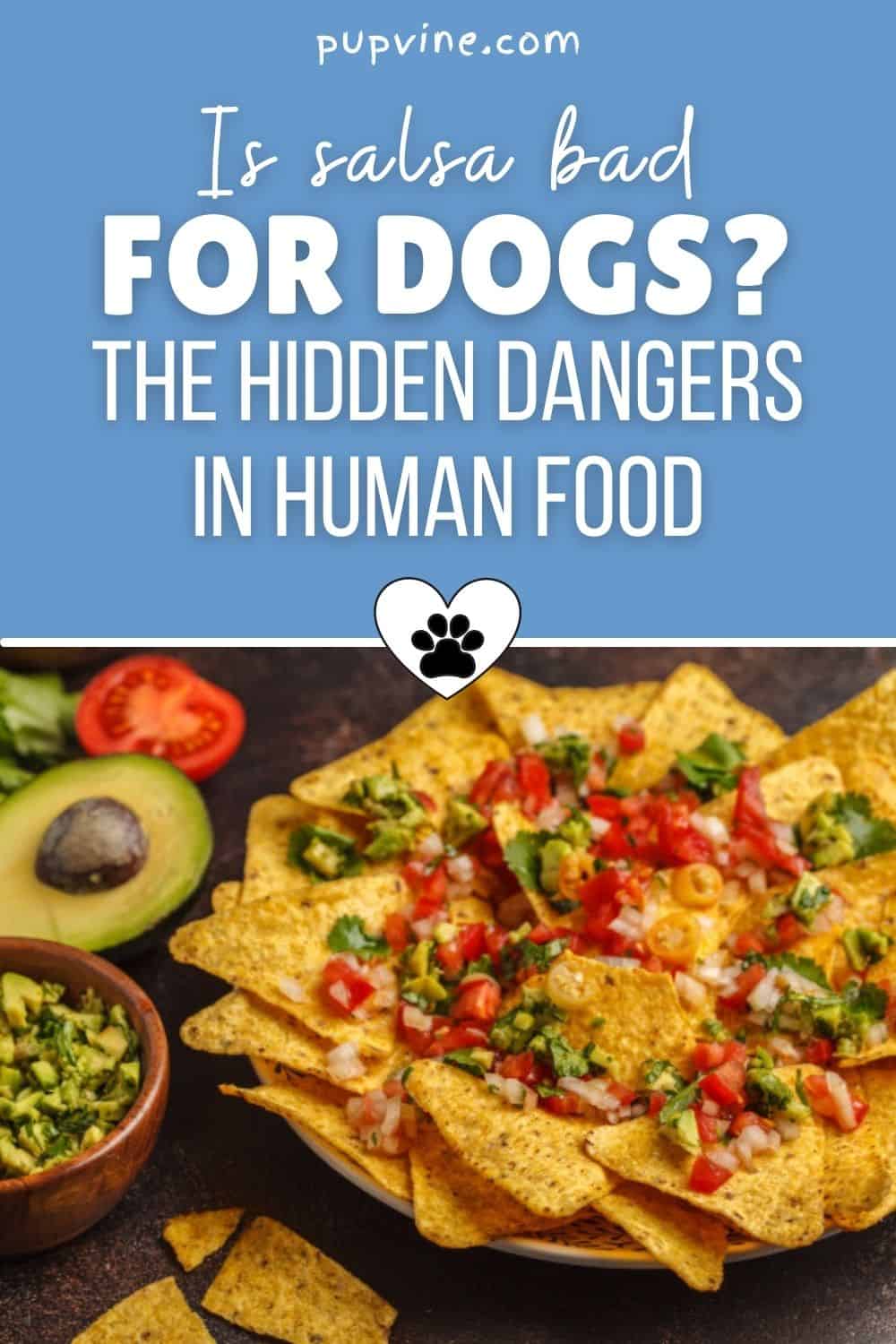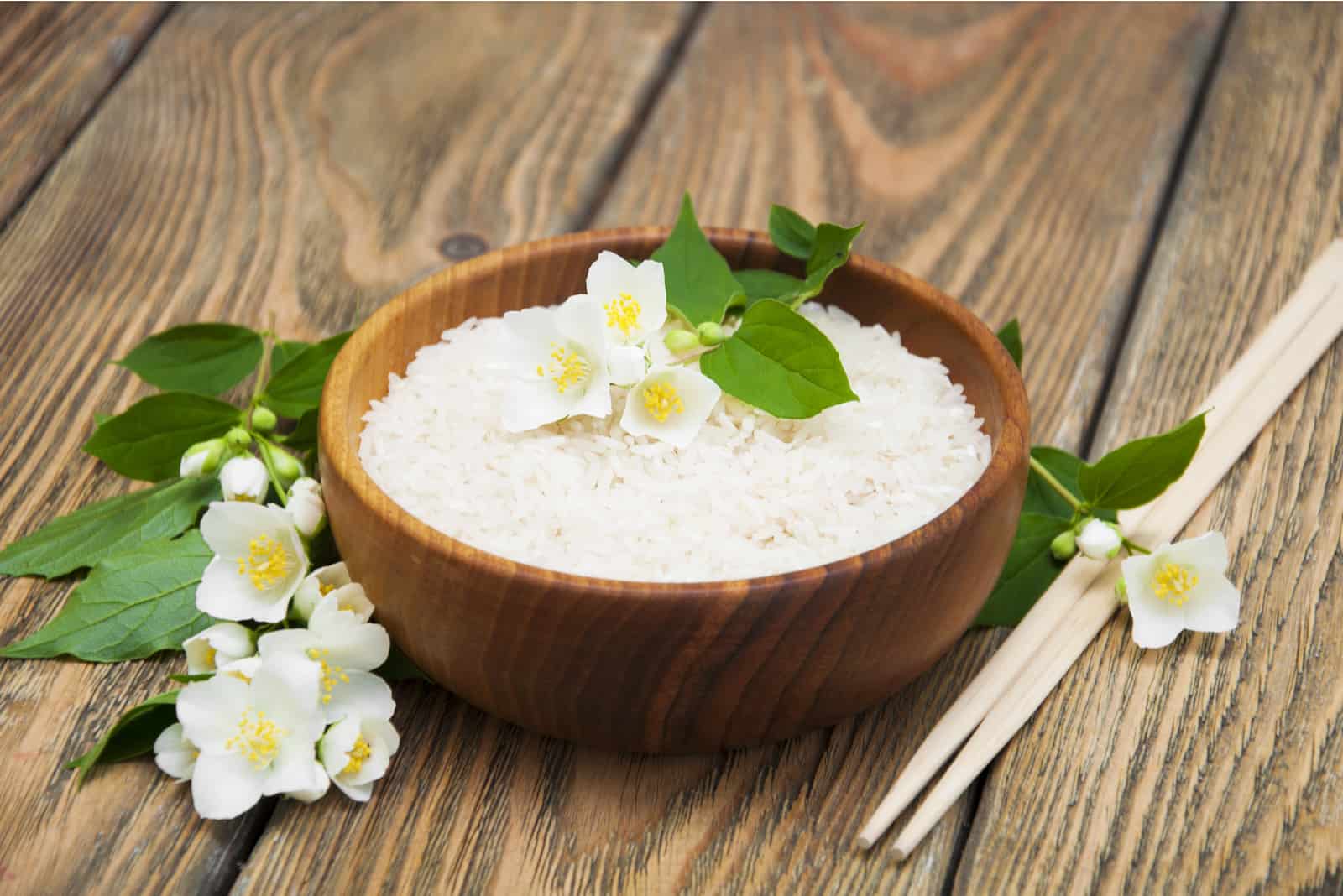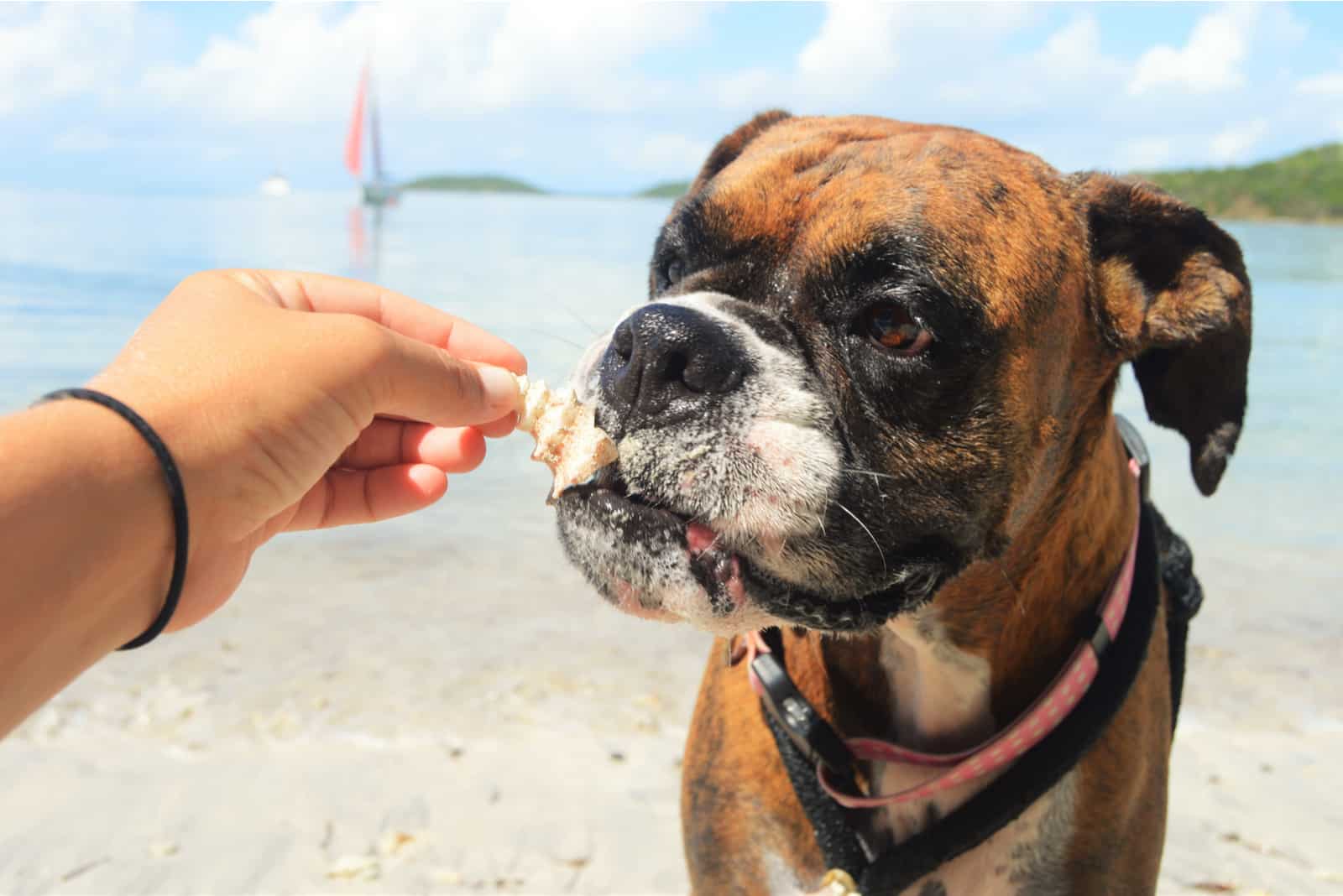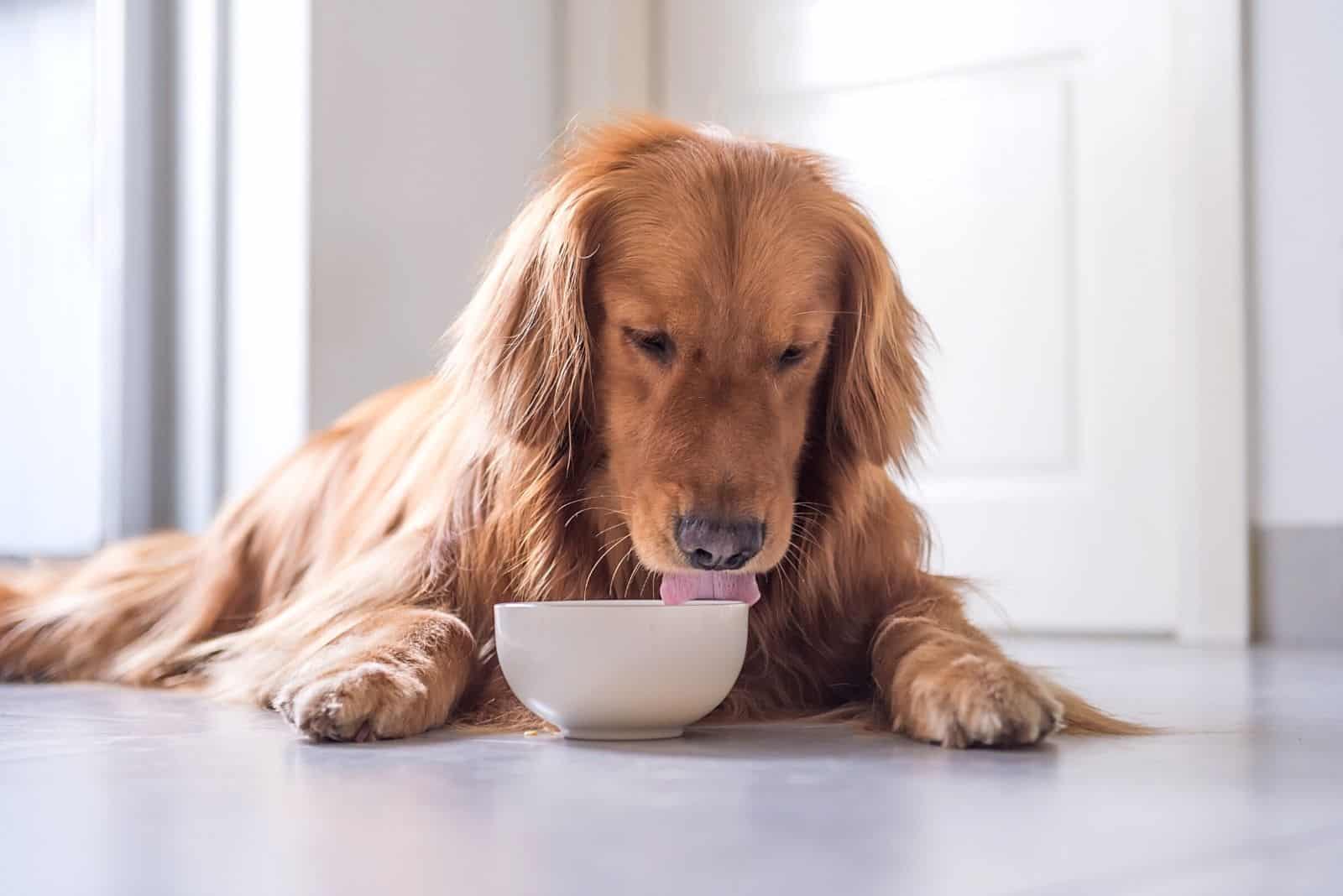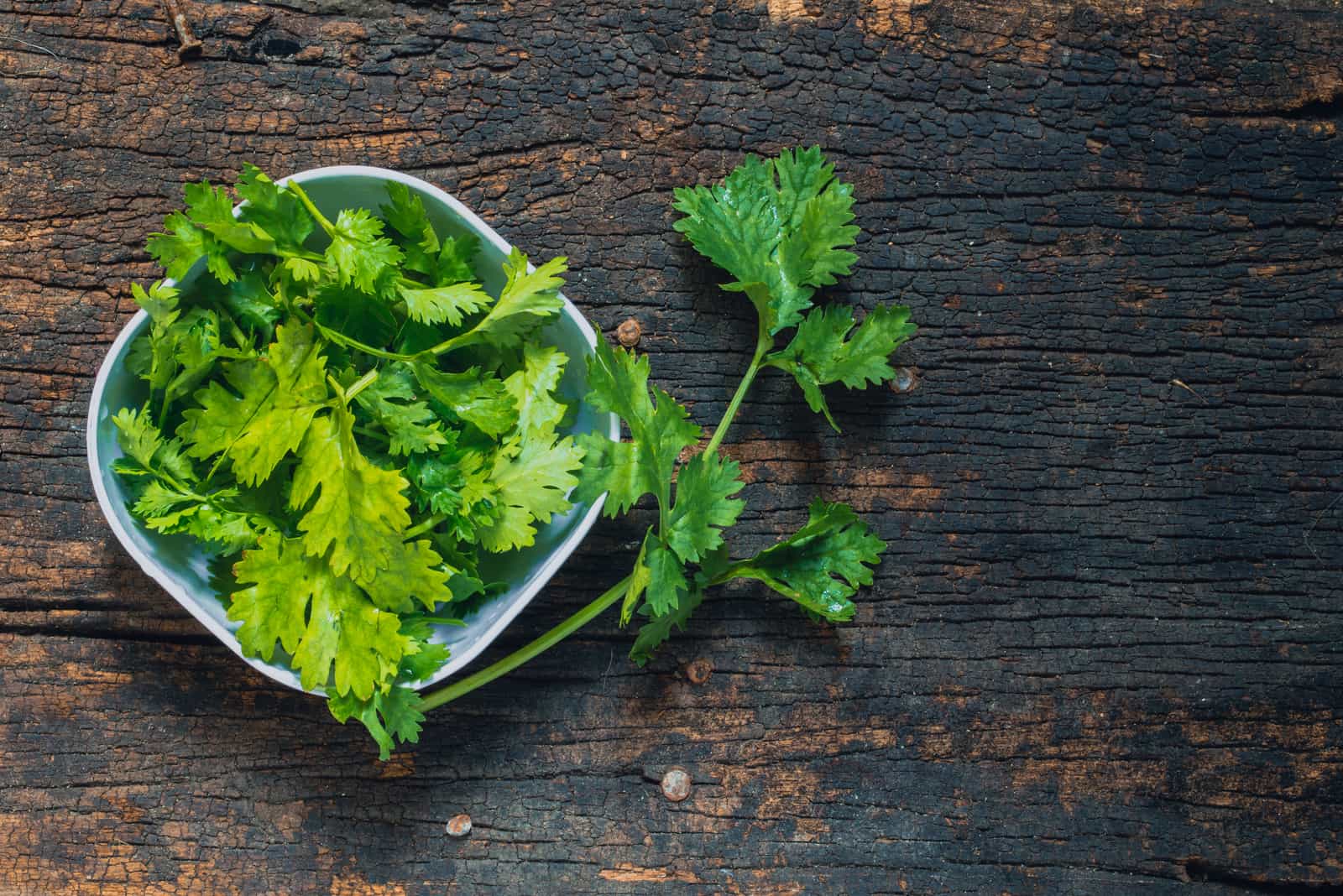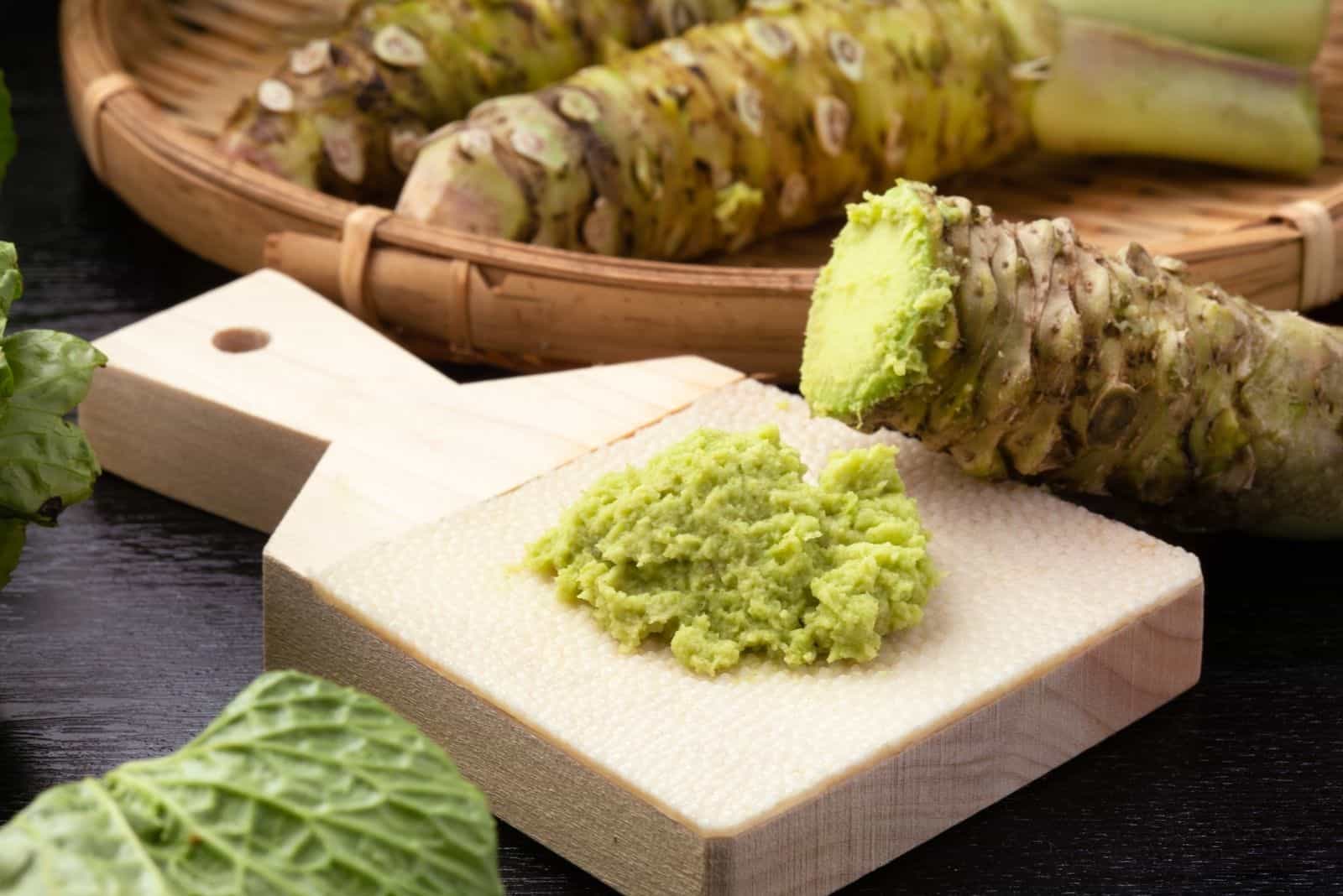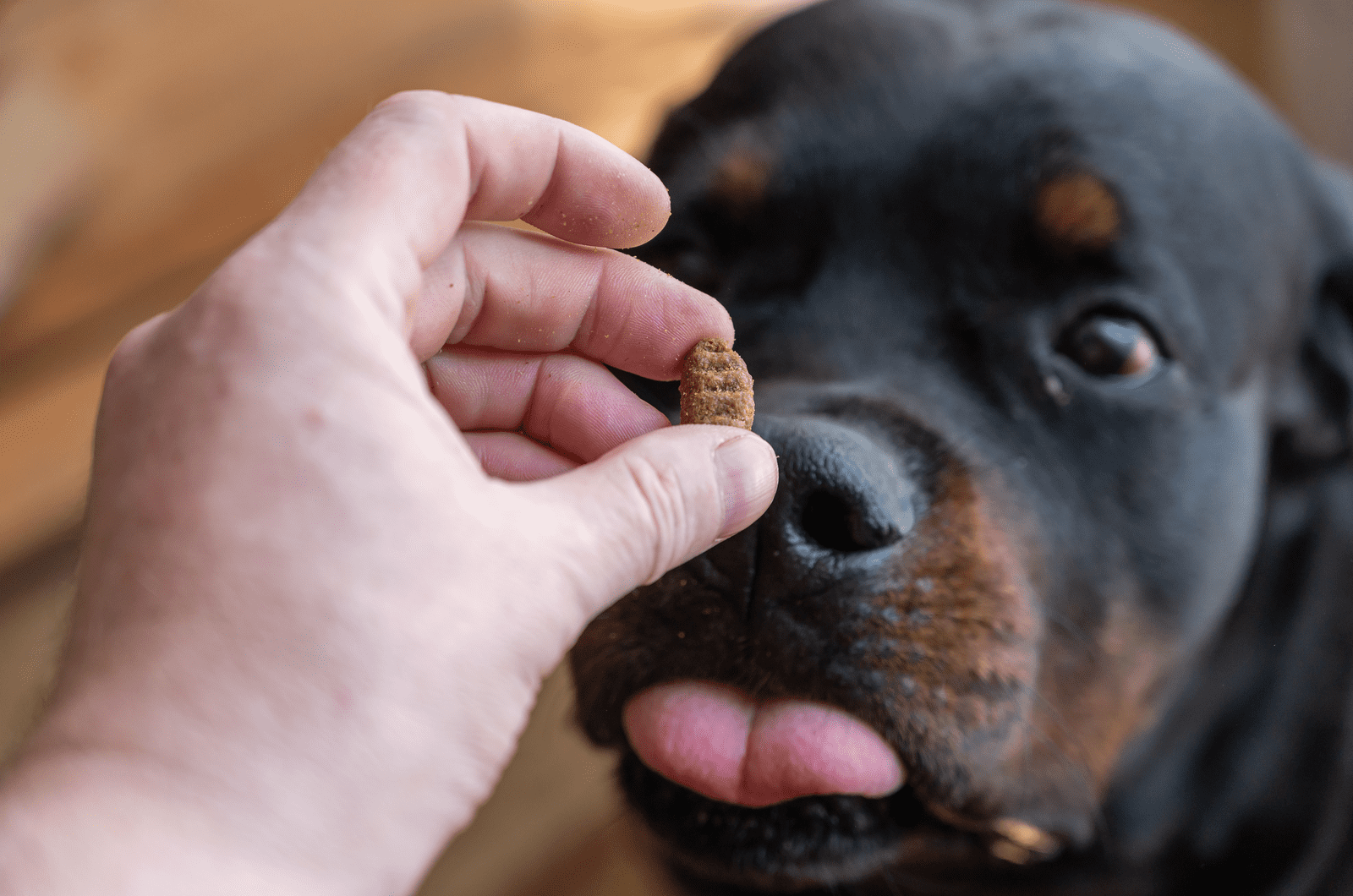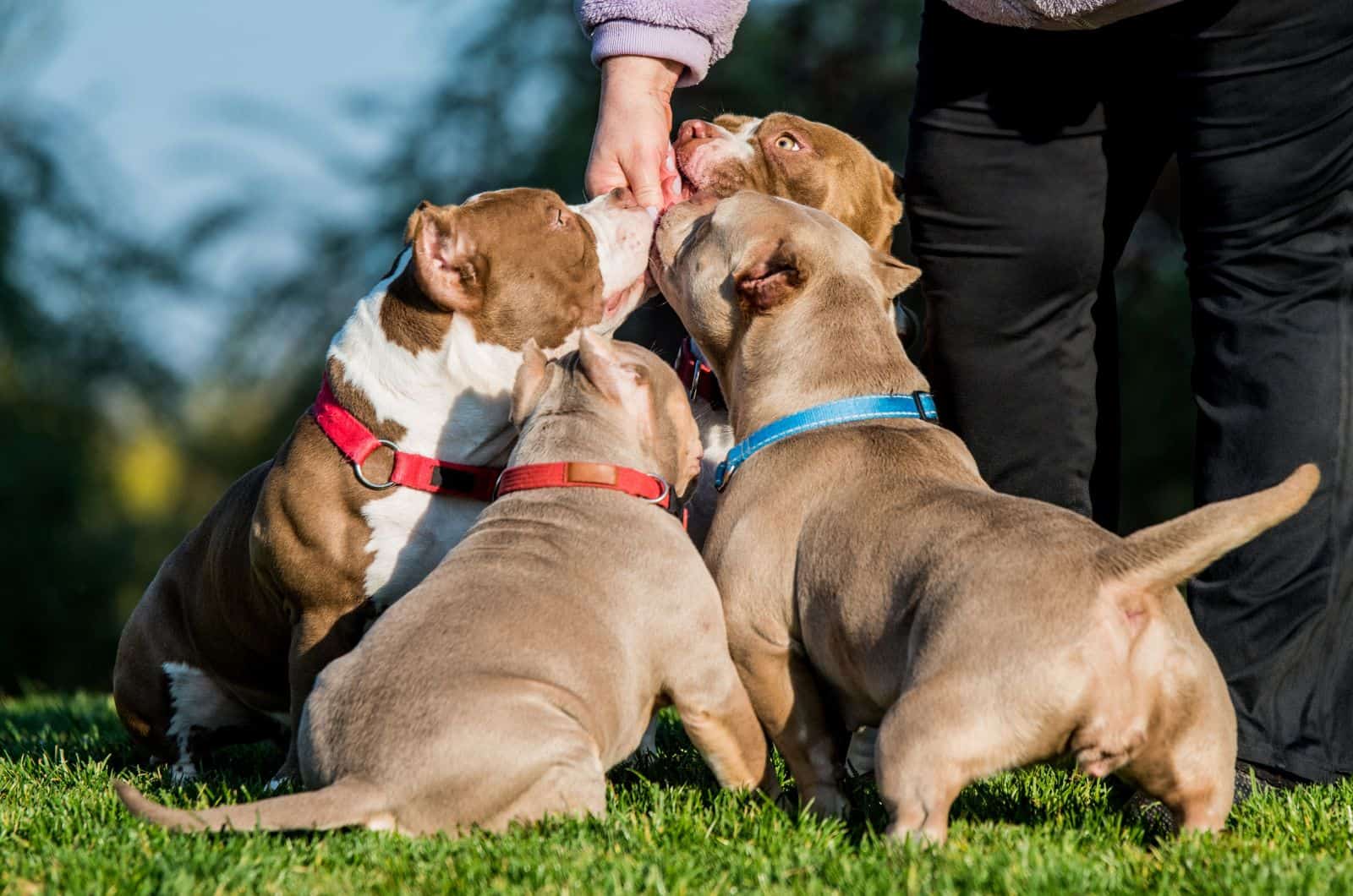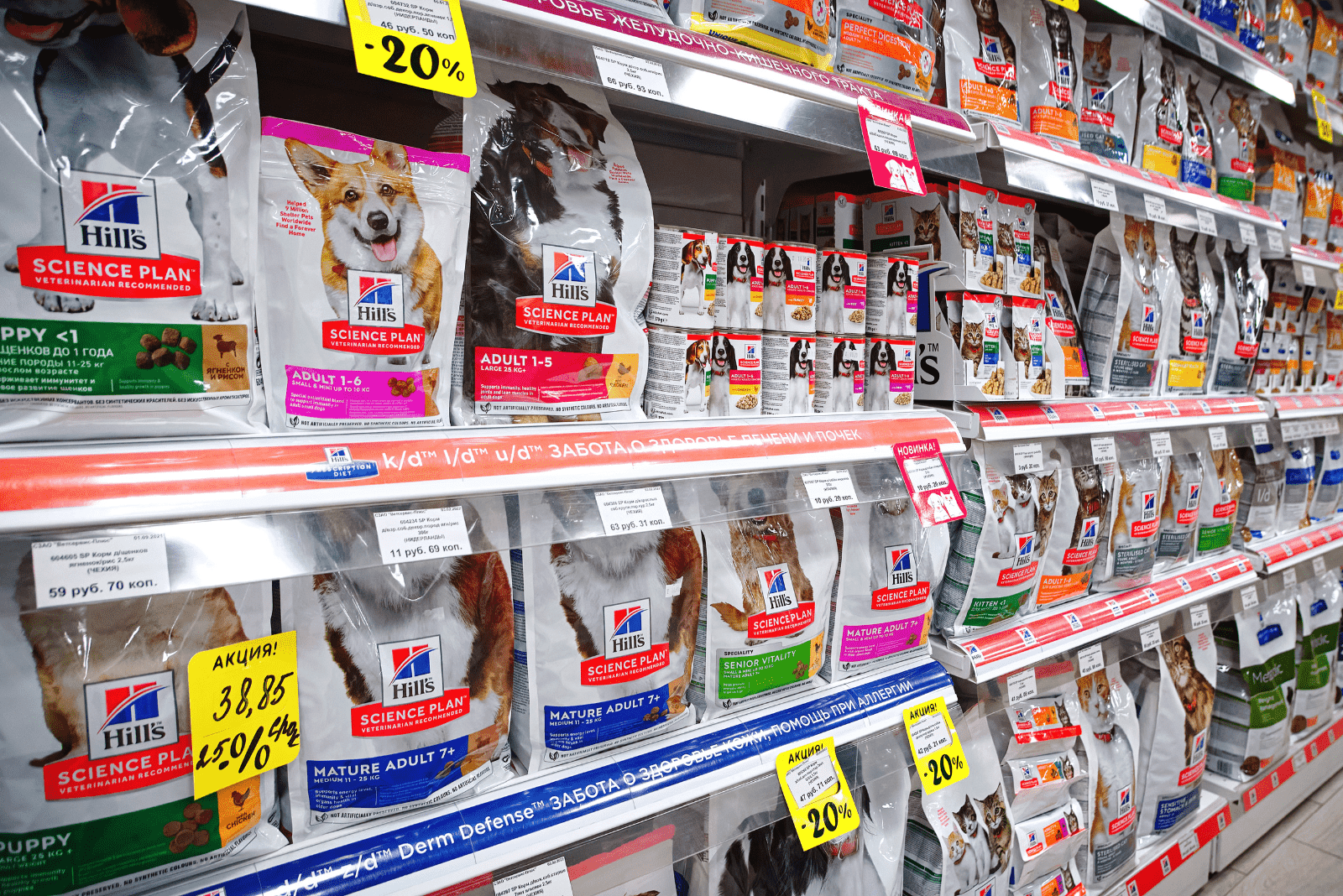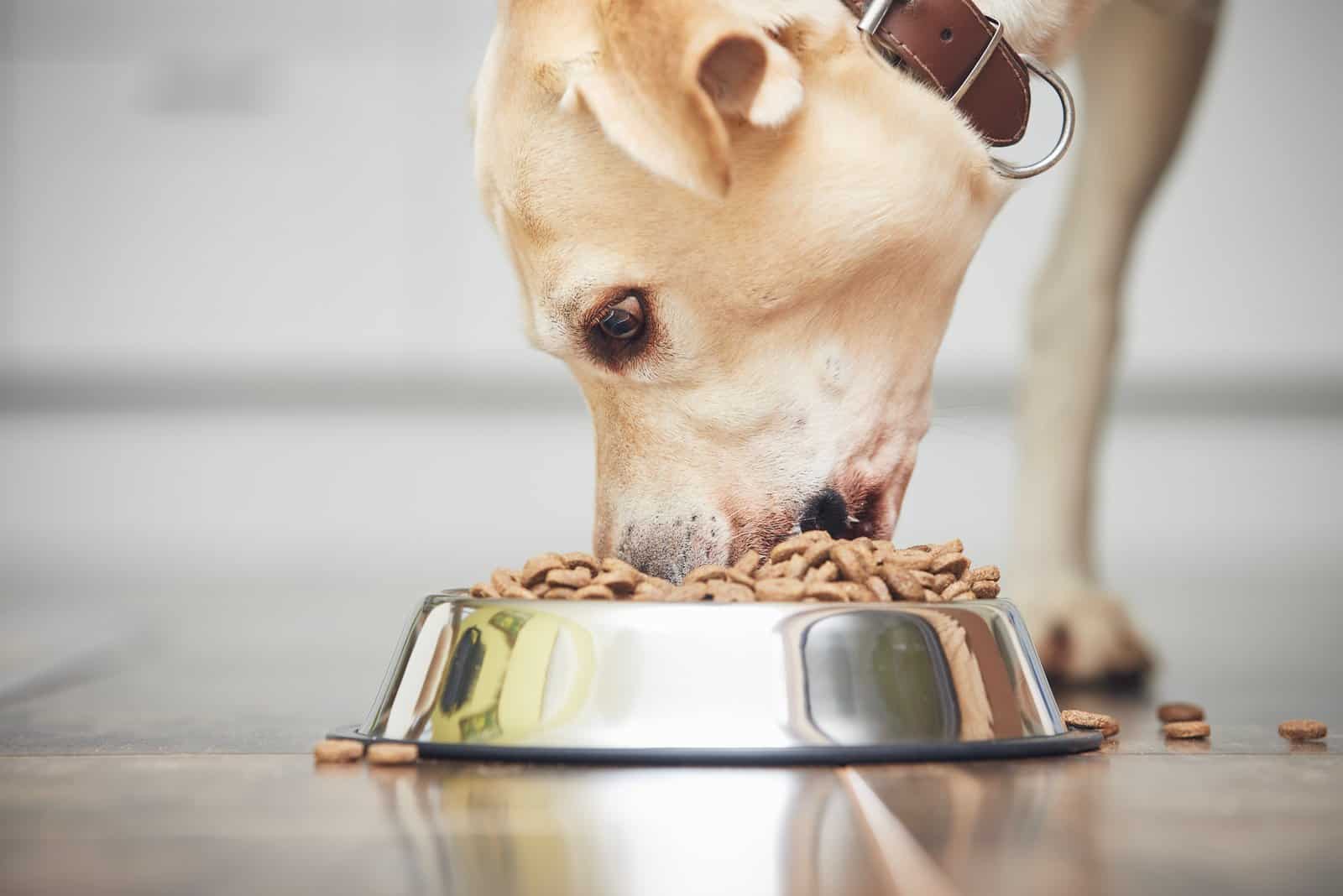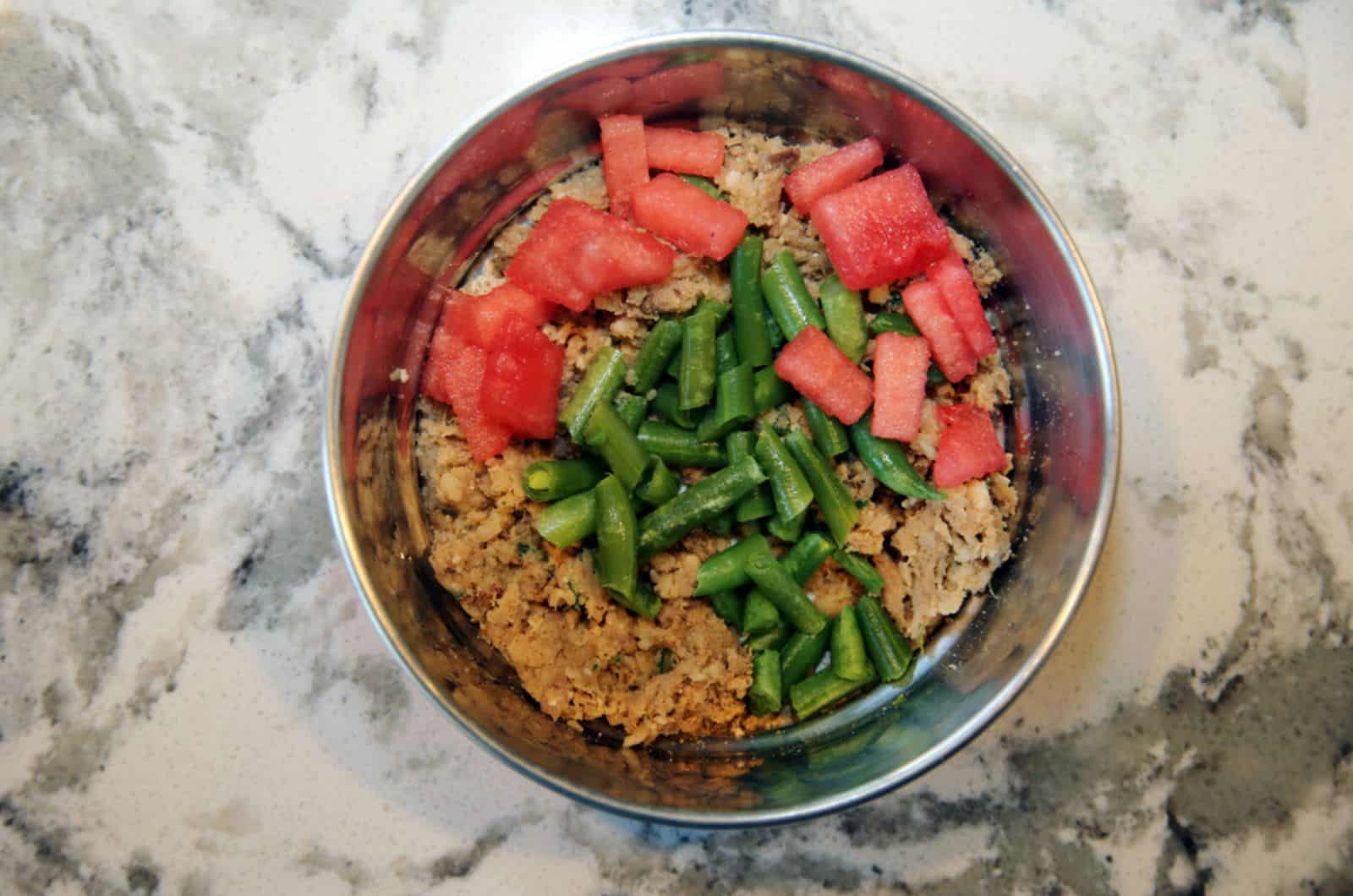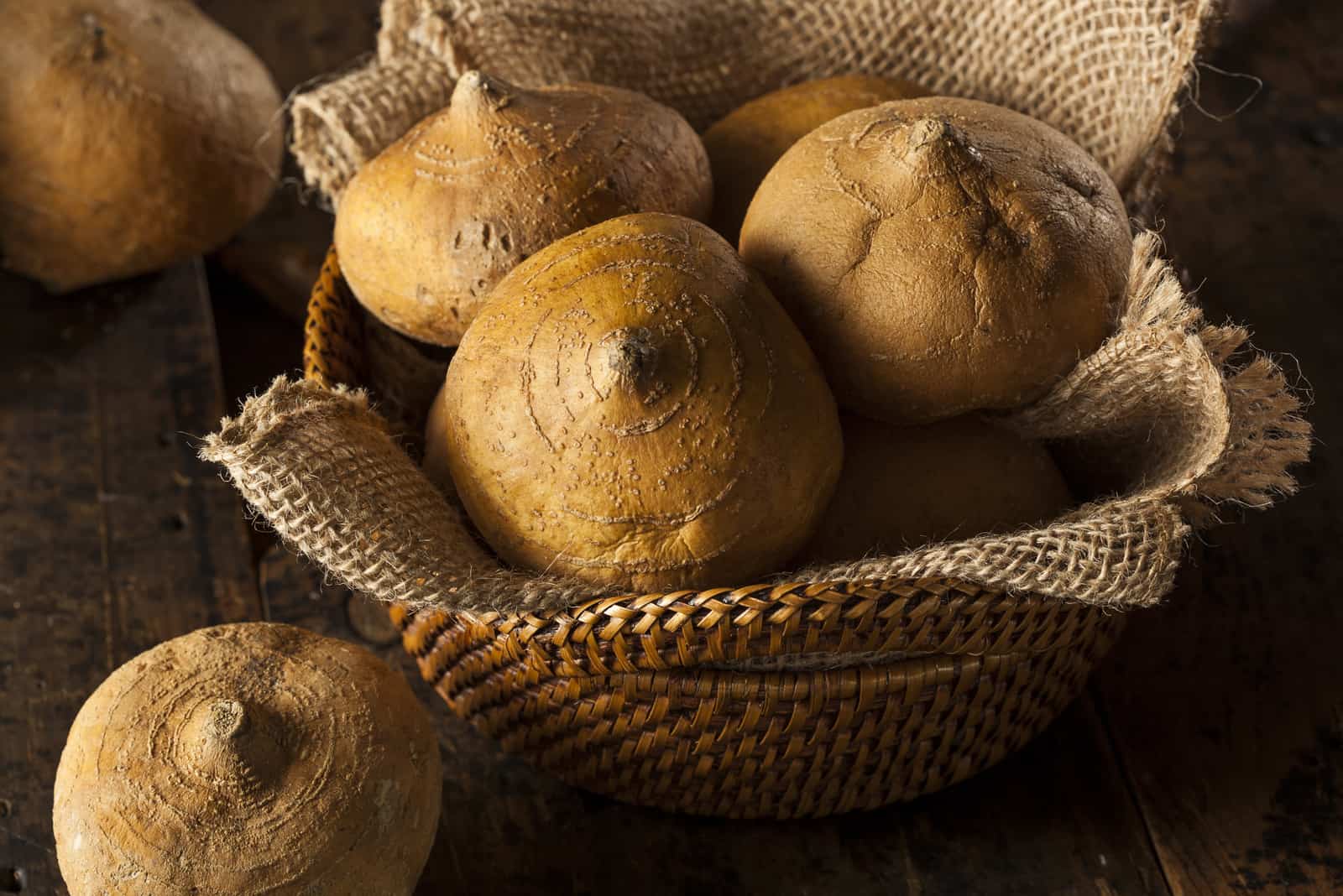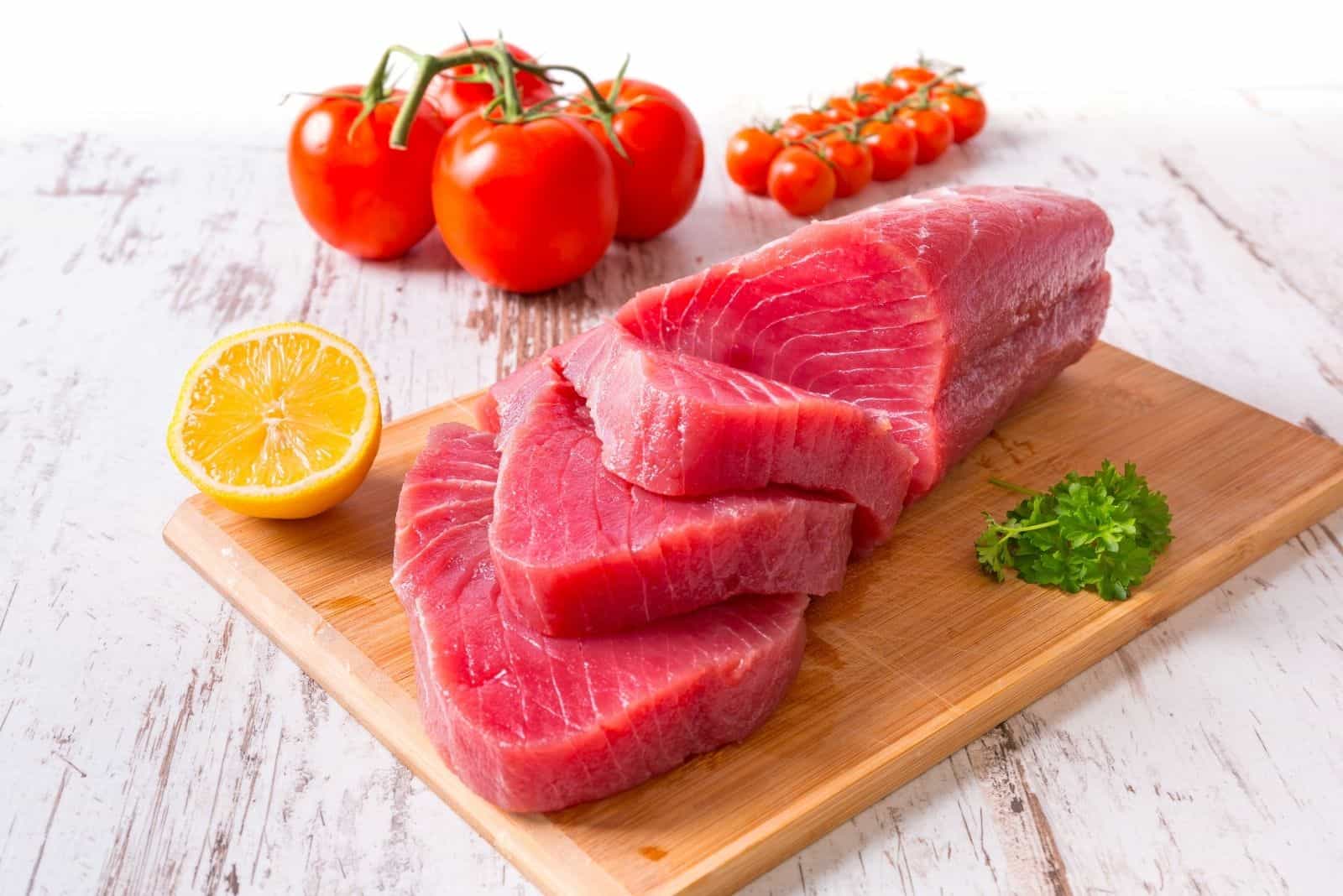It is very easy to overlook the risks of feeding dogs ‘people food.’
After all, we know how quick they are to scramble for the smallest crumb that falls as they watch us eating whatever we might be tucking into with envious, pleading eyes.
Dog owners often don’t consider the dangers involved, particularly as their precious pooches may well have helped themselves to any number of tasty morsels in the past and never seemed to suffer any ill effects!
Most foods won’t do them any harm, at least in very small quantities.
However, there are some foods or ingredients that we can eat quite safely, but which can have a serious impact on our furry friend’s health. In this article, we’re asking can dogs eat salsa?
What Is Salsa?
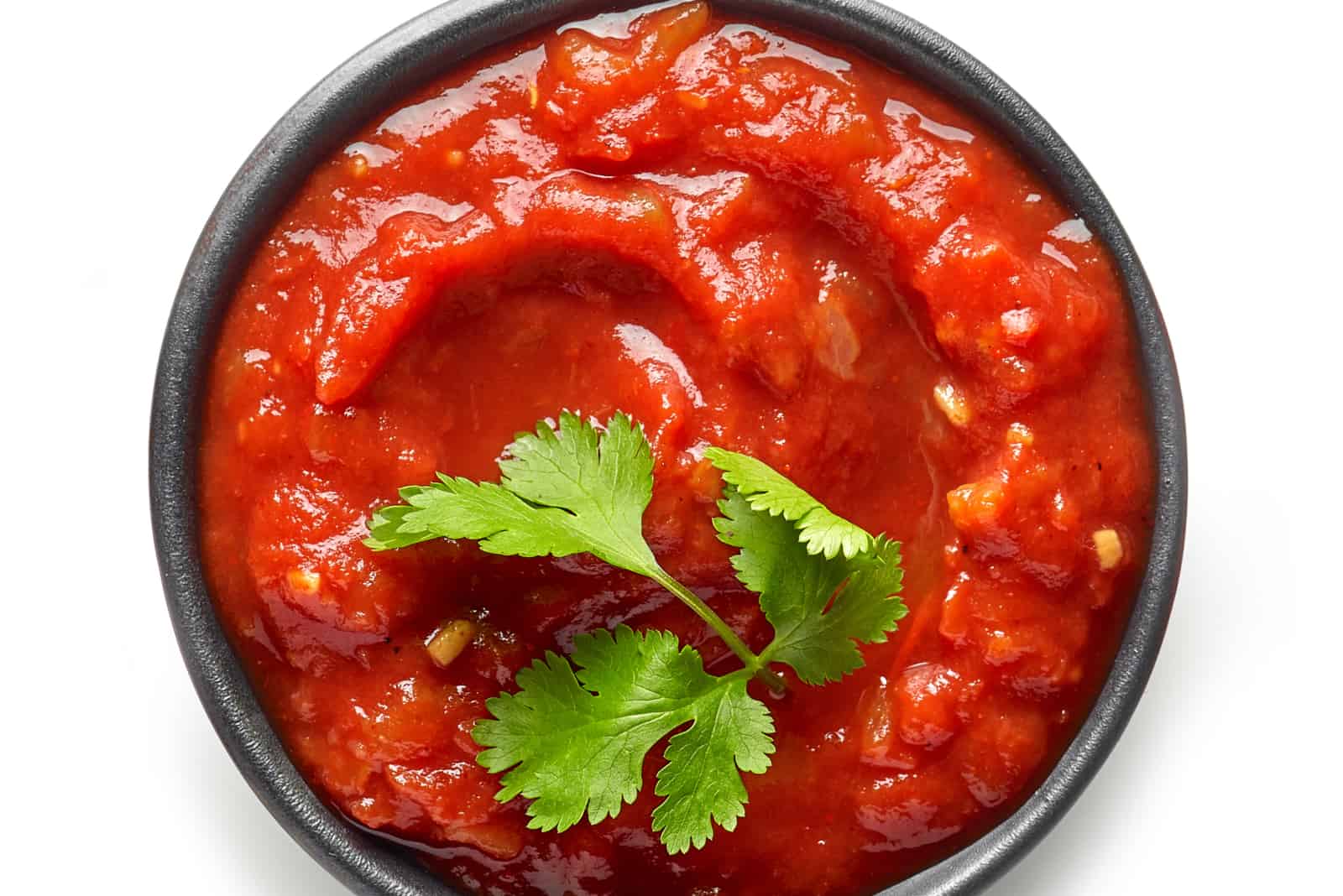
Though it may seem a silly question, it’s best to be sure of what we’re talking about here. The word salsa simply means sauce when translated into English.
But usually, when we refer to salsa, we mean a specific range of sauces or dips used to accompany Mexican food, such as tacos and tortilla chips.
There are many different types of salsa, and it would be impossible to cover all of these here as people have their own adaptations and recipes.
As most people will recognize salsa as the tomato and chili-based dip that usually comes in jars, we’ll focus on that and mention a few variations to cover most of the issues.
So, salsa, for the purposes of this article, is a red dipping sauce, mostly used in tortilla chips.
What Is It Made Of?
Before feeding anything to your dog other than their usual food, it’s always best to check the ingredients. In fact, you should be taking a good look at the ingredients in their food!
Dogs have notoriously sensitive digestive systems that can be easily upset.
There’s a good chance that you have witnessed this, as a pet owner, where you’ve introduced a new food to their diet and paid the price the next day when they let you know in a spectacular way that they have an upset stomach.
This is uncomfortable for them, as much as it is unpleasant for you.
Although this is a fairly minor inconvenience, there are other ingredients that could cause far worse results, including death.
This is not an exaggeration, as there are some things that are highly toxic to dogs that some dog owners are simply unaware of.
Let’s examine a typical list of ingredients for store-bought salsa to see what might be lurking inside.
• Tomato puree
• Diced tomatoes
• Citric acid
• Onions/onion powder
• Garlic
• Dehydrated (powdered) garlic
• Jalapeno peppers
• Salt
• Vinegar
• Mustard
• Cilantro
• Cayenne pepper
• Lime juice
There may well be others, and not all of these ingredients will be present in some brands, but this gives a good overall idea of what you might expect.
Now we’ll go through them to see how they might affect your furry pal if they were to eat some.
Tomatoes
There’s a fair amount of conflicting advice out there, with some people claiming that tomatoes are perfectly safe for dogs and others saying the opposite. So, who is right?
Some of the confusion lies in the fact that the tomato plant itself is related to the nightshade family of plants and contains the toxic chemicals solanine and tomatine, both of which are toxic irritants that can make your dog sick.
These chemicals are found in the stems and leaves of the plant and also in the green, unripe fruit. As the fruit ripens, the chemicals fade away to almost zero.
On balance, the chances of your dog eating enough greenery from a tomato plant or unripe tomatoes to make them ill are pretty slim. Obviously, the smaller the dog, especially puppies, the stronger the effects will be.
However, we are talking about raw or cooked ripe, red tomatoes. The advice from the American Kennel Club is that tomatoes in this form are ‘generally safe for dogs to eat.’
The best approach is to try them with a small amount first and keep it as an occasional treat if they like it. Never force foods on them that they are not happy to eat!
Of more concern is the tomato puree or paste, which will be highly-processed and could contain high levels of salt, sugar, or additives such as onion and garlic powder (which we’ll investigate later).
Citric Acid
Usually taken from citrus fruits, this is another irritant that can affect the stomach lining when consumed in large amounts.
Dogs will (usually) avoid citrus flavors or anything sour as it is naturally repellent to them.
Cute videos circulating on the internet showing adorable pups barking at lemon slices that their owners have thrown them may make us smile, but it’s never a good idea to feed dogs citrus fruits of any kind.
Again, small quantities may cause gastrointestinal upset, but in large amounts, they may experience problems with their nervous system.
Onions, Onion Powder & Garlic

Whatever advice you may have heard saying otherwise, there is only one word you need to pay attention to when it comes to feeding dogs onions: NO.
Onions will probably give your dog an upset stomach. However, it gets more serious than that because of a chemical compound called thiosulfate that dogs are not able to digest.
This chemical is the cause of onion toxicity in dogs, as it attaches itself to oxygen molecules in the dog’s red blood cells, which prevents them from carrying oxygen as they should.
The body is tricked into believing that these cells are a threat and begins to attack them, a process known as hemolytic anemia, or Heinz body anemia.
This applies to all forms and types of onion, including red, white, cooked, raw, and especially onion powder, as it is in concentrated form.
This extends to all members of the allium family, such as leeks, chives, shallots, and garlic*.
Apart from anemia, ingestion of foods containing thiosulfate can also cause liver damage, diarrhea, asthma, allergic reactions, and skin problems.
The symptoms of onion toxicity in dogs include lethargy, vomiting, fainting, lack of appetite, red-colored urine, and pale gums.
According to the ASPCA, some dogs will also pant and may display an elevated heart rate (tachycardia).
Don’t panic if your furry best friend manages to snaffle a sneaky bite of your lunch that has a tiny amount of onion, as it shouldn’t do them any harm. But try to keep onions (and other alliums) out of their diet as much as possible.
*Recent research has suggested that fresh garlic is safe for dogs in very small amounts. A quarter-teaspoonful mixed in with their regular dog food is said to be beneficial to their health.
However, bodies such as the American Kennel Club are concerned that the results are so far inconclusive and that all dog owners should consider the risks, especially when pups are involved.
Powdered or dehydrated garlic should be avoided at all times.
Finally, it is difficult to judge ‘safe amounts’ when it comes to potentially harmful ingredients as this will depend on the dog’s age, breed, size, and individual sensitivities.
The most sensible course of action would perhaps be to avoid it altogether.
Jalapeno Peppers
While we might enjoy the spiciness (or not!) of hot chilis, dogs lack the sensitivity of taste to get the full effect. It isn’t so much about the actual flavor, though.
Even though they’re not toxic, those spicy compounds will make them gassy, bloated, and will definitely make them poop more!
Salt
We all know that too much salt is bad for us. With dogs, the effects are more pronounced and dramatic, with salt poisoning (sodium ion poisoning) being a real problem.
If your furry pal happens to grab a bag of chips, then you shouldn’t encounter too many problems, as long as they have fresh water and it doesn’t become a habit!
The real problems begin when too much salt has been ingested in a short time or too often, and the dog doesn’t have access to enough fresh water.
To compensate for the lack of fluids, the dog’s body begins to reclaim water from the cells, starting in the brain.
This causes the dog to feel nauseous and to stagger about as if drunk. They may vomit or have diarrhea, which increases the chances of dehydration.
Dehydration can result in kidney failure or pancreatitis, both of which are serious conditions in their own right.
The dog may be lethargic and lose its appetite. They might twitch or have muscle spasms.
They will appear confused and could even fall into a coma. If they don’t receive medical attention quickly, then there is a risk of death.
It is always best to carefully regulate the amount of salt in your dog’s diet to avoid any of these complications.
Vinegar
Although many ‘doggie’ websites will enthusiastically endorse vinegar (usually apple cider vinegar) as a healthy addition to their diet, most veterinarians will advise against this.
Dogs have incredibly sensitive noses, around 100 million times as sensitive as our own!
This makes them recoil from sharp, pungent smells, such as the aroma of vinegar. It is something that they naturally turn away from, and with good reason.
Most dog owners who include vinegar in their dog’s diet use raw unfiltered apple cider vinegar (ACV), usually in a diluted form.
The wisdom of this is debatable, given that many of the claims about the benefits of ACV have so far not been proven scientifically.
It is more likely that white vinegar will be used in salsa rather than apple cider vinegar.
Whichever type of vinegar is used, it is not good news for many dogs, including pups, dogs with kidney disease, small dog breeds (Chihuahua, Yorkie, dachshund, and so on), or any dog that is not 100% healthy.
In most cases, vinegar ingestion will lead to nothing more serious than gastrointestinal upset, although this can cause complications for dogs that are already suffering from other conditions.
Many of our furry friends have sensitive stomachs, and vinegar is one thing they will try to avoid, probably because their instincts tell them to.
It is in their best interests to respect this!
Mustard
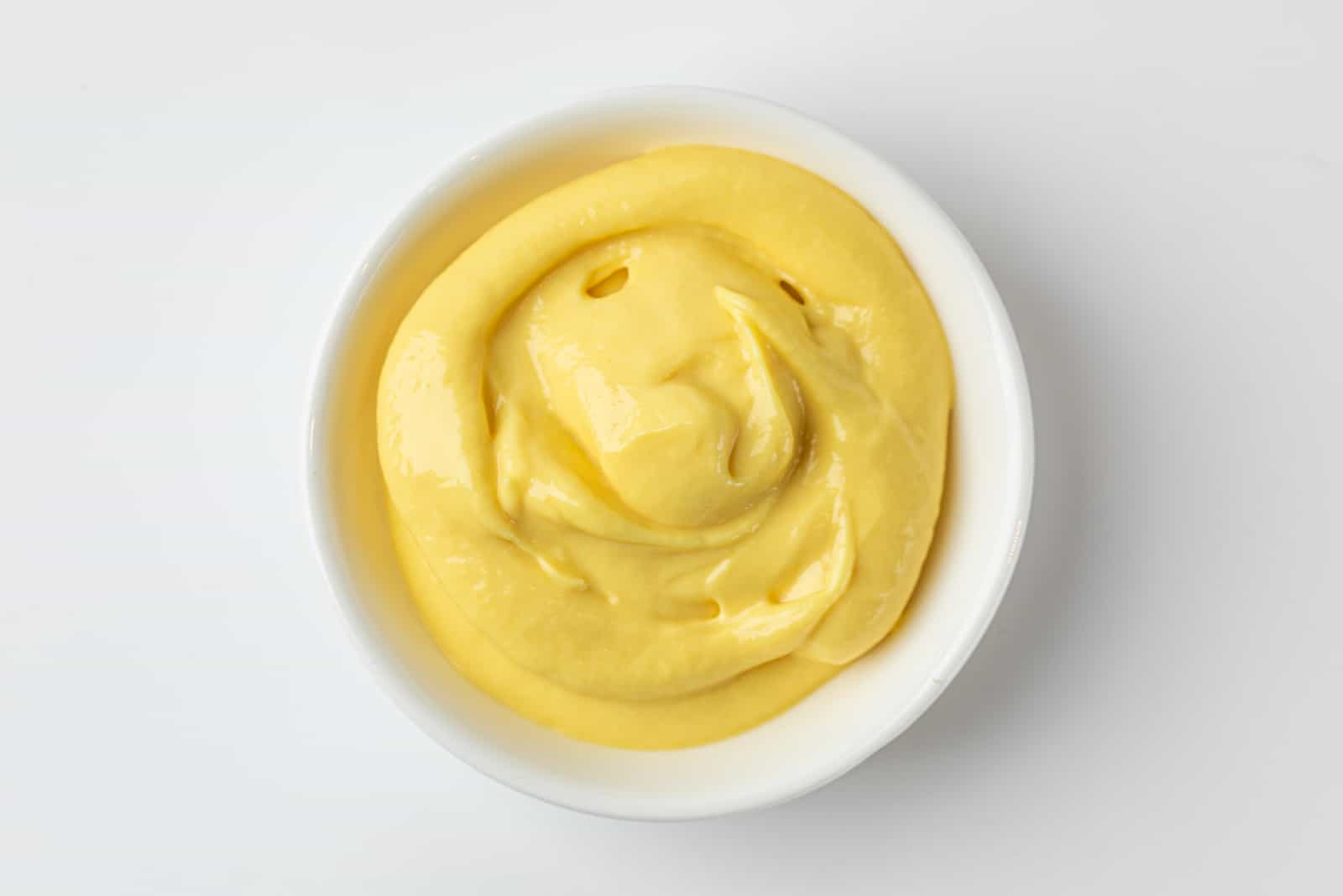
Although not found in all salsa recipes, some brands do use this ingredient, and it is essential to be aware of the facts about dogs and mustard.
Once again, there is conflicting information about mustard and dogs, so let’s clear this up:
Mustard greens are safe (as are other veggies, such as broccoli, cabbage, green beans, etc.) but should be steamed or boiled without seasoning and mixed with the dog’s regular food in small quantities.
Mustard seeds are toxic to dogs, and anything containing them in any form should be left out of their diet! Even if your dog has safely eaten something smeared in mustard in the past, it is never a good idea to deliberately give them mustard.
Aside from the seeds, mustard will have its own ingredients list, which might include some of those already listed above.
Cilantro (Coriander)
One of the ingredients in this list that actually may be beneficial! It is packed with essential minerals and vitamins (such as vitamins A & K, potassium, and zinc) and can help to ease the symptoms of an upset stomach.
However, it should only be used as an occasional supplement rather than the main source for these nutrients.
Cayenne Pepper
As with the jalapeno mentioned above, these aren’t toxic but may cause problems with your dog’s digestive system.
It is most dangerous in dry powder form as it could get into their eyes or on their paws, where it will cause intense irritation.
Mixed in with the salsa, it is more likely to mess with that sensitive digestion and make them feel bloated for a while or cause abdominal pain.
Lime Juice
Here we have our old friend citric acid once again! And while we might enjoy the acidic tang it brings to our food (and drinks!), it really isn’t something that dogs look forward to.
Like lemon juice or any other citrus fruit, it will irritate their stomachs.
What Have We Discovered?
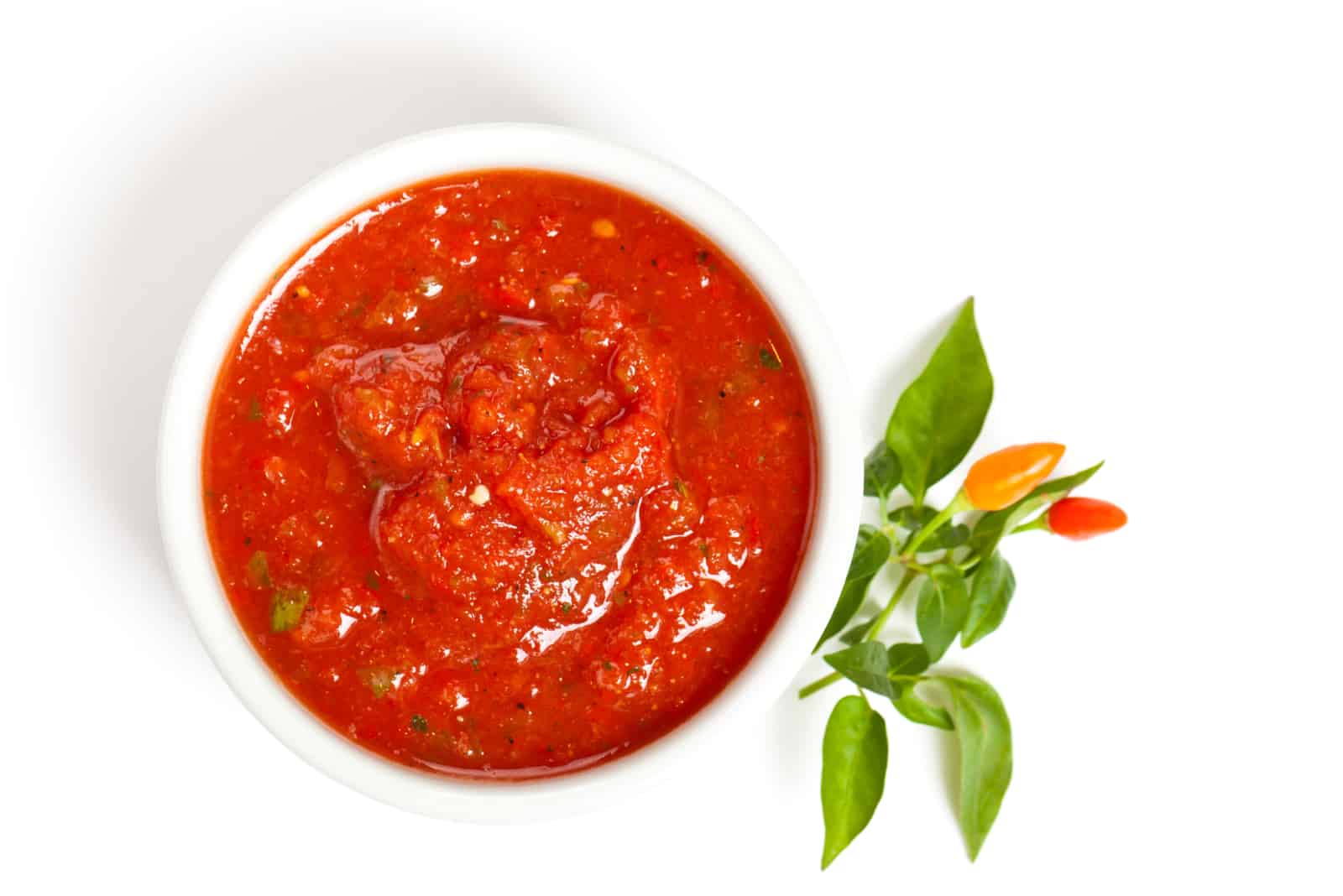
Unpacking an ingredients list to see what dangers might be hiding for our canine friends can be a real eye-opener.
It can be daunting and a little worrying to find out that things we happily munch on are actually toxic foods when it comes to our precious pooches.
Most dog owners are now aware that human foods like chocolate (even milk chocolate), whipped cream, macadamia nuts, sour cream, and even ice-cream are not safe or healthy for their pets.
Sure, there is some human food that is perfectly safe for dogs (as long as you give it in moderate amounts). This includes paprika, tuna, brussels sprouts, and even fish sticks.
You might even want to boil chicken for your pooch!
However, there are hundreds of other toxic foods, and dog owners have to be ever-vigilant to keep their furry friends as safe as possible.
To do this, we need to examine the ingredients, as we have done here. For example, let’s take a humble jar of peanut butter, which may contain a sweetener called xylitol, which is extremely toxic to dogs!
This shows the importance of checking all of the ingredients.
So, what can we say about salsa? Is salsa bad for dogs?
From what we have found, most of the ingredients are potentially harmful; therefore, it is best to avoid feeding salsa to dogs.
There is never any substitute for their regular, good quality dog food, with the occasional, healthy treat thrown in to keep them happy.
Read Next: What Are The Worst Dog Food Brands On the Market?
